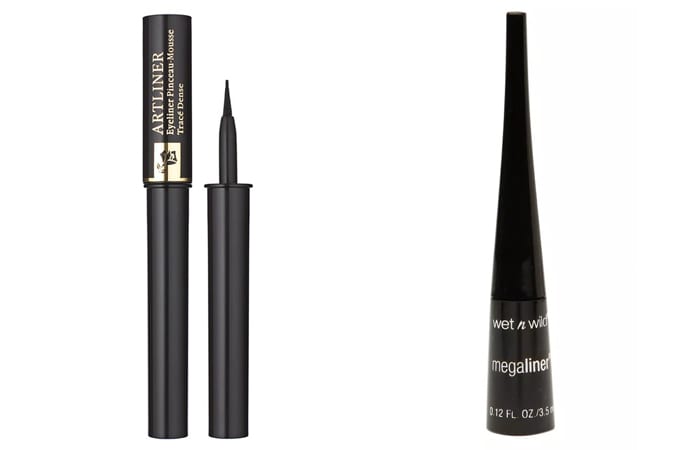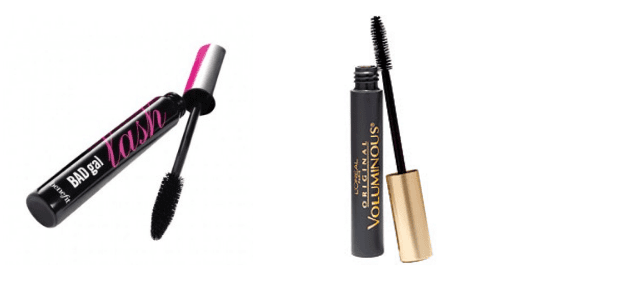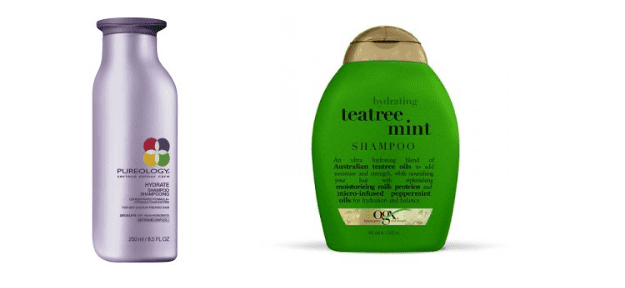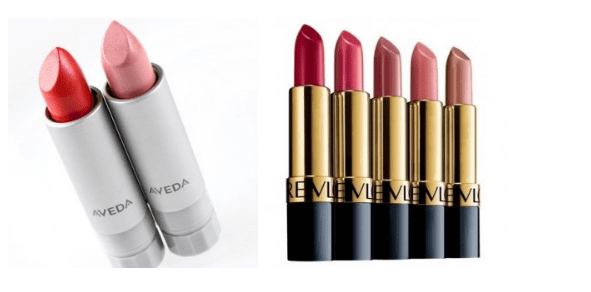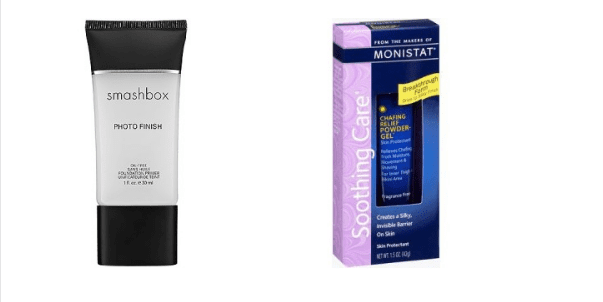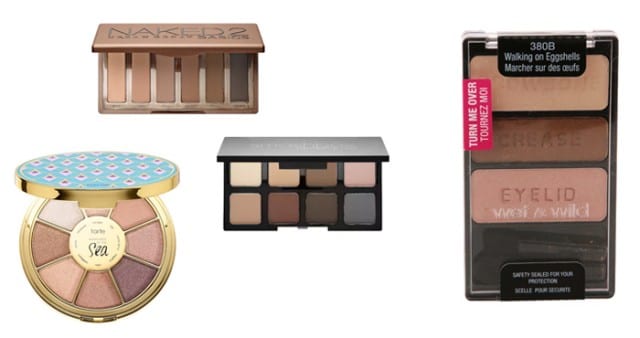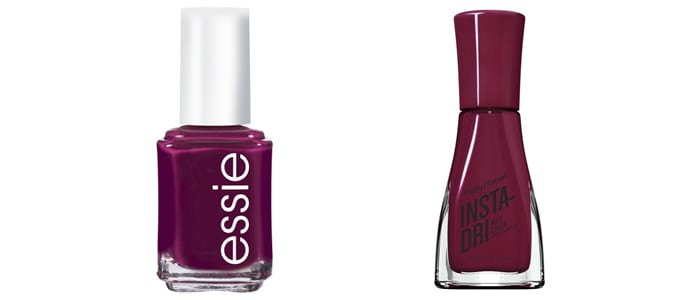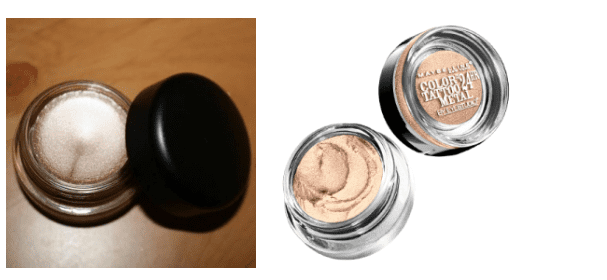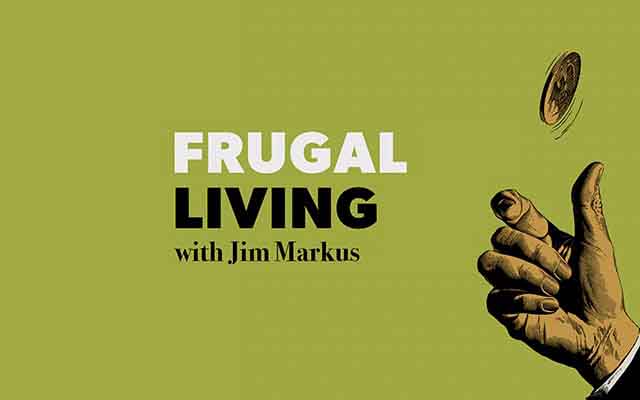How to Get To Disney World for Almost Free
Below you’ll find a blueprint for a family of four to go to Walt Disney World for almost free, including airfare, 5 nights at a hotel on Disney property and 4 days in the parks. This trip has a street value of $4,000-$5,000 and should take less time to put together than the average Disney-bound family needs to save for their vacation.

Where I would’ve been in March…
Walt Disney World has been steadily raising the cost of their vacations over the last, well, forever, but now more than ever it can cost a small fortune to visit the Mouse. With the free Fastpass service now swapped out for the $20 per day Genie+, upcharge experiences like $200+ lightsaber building, and not-to-miss dining adventures like Oga’s Cantina on the very real Star Wars planet of Batuu, there’s a lot to spend money on.
I know that a Disney vacation for nearly free sounds too good to be true to anyone new to travel hacking, but for those that have been following Brad’s Deals for a while know that good deals do exist, especially using points and miles. Travel editor Mark used some of his Chase Ultimate Rewards points to take a honeymoon using many of these same tactics. When used properly, credit card rewards are a great way to travel inexpensively. If you’ve never done anything like this before it requires a bit of a leap of faith but you’ll soon realize that smart travelers don’t merely use Travelocity and Hotels.com to get slightly better fares, they use free points and miles to pay little or nothing at all.
Before we get started, I want to address five common questions and concerns that people new to travel hacking often have.
This Will Take Some Planning and Work

Let’s get one thing straight right off the bat: My plan will NOT get you to Walt Disney World next week. It will take up to a year of careful budgeting and credit card management to accomplish, but in the end it will get you a 4-day 5-night Disney World vacation for roughly $100. Assuming a $4,000 value, you would have to put away about $308 per month for 12 months to pay for the same trip out of pocket in the same time frame, and many families would find that a daunting prospect. Once you get used to this and build up a nest egg of points and miles, the next trip won’t take nearly as much planning or lead time. Keep in mind, to fully maximize any time spent at Disney World, advanced planning (think 3 months or more) is key!
You and a partner will be applying for multiple credit cards.
Using this plan, you and a partner each will be applying for for a few credit cards, each of which has minimum spending requirements which must be met to cash in on the reward. Can you get to those minimum spends quickly? Yes, but we’re not advocating that since for most families that means going into debt. This is not about going into debt.
If you follow my plan to the letter, you won’t be doing that. You’ll be shifting your common everyday household expenses on these new credit cards – expenses you’re already paying for, like groceries, gas, pizza Fridays, your morning Starbucks run, your cable and cell phone bills, maybe even your monthly utilities – and paying off the entire balance every month. And once you’ve met the minimum spend that unlocks the reward that gets you to Disney World almost for free, you can use the ongoing benefits of the cards to save for your next vacation or make your trips a little more comfortable (more on that in a bit).
Yes, new applications can affect your credit score, but more credit makes it even stronger
Hard and soft inquiries into your credit score do affect your score, but it’s temporary. Credit inquiries are only 10% of what make up your FICO score, for example.
Yes, this is all perfectly legal
The plan definitely takes advantage of several generous credit card sign-up offers, and you may be beating the credit card companies at their own game, but there’s nothing illegal or immoral about adhering to the terms and conditions they themselves wrote.
Your mileage may vary
Consider this plan a blueprint. It will work best for a financially disciplined family of four with 2 children under the age of 10, good credit and little existing credit card debt, but ultimately we cannot guarantee your credit card application will be approved at any stage.
Likewise, airfares and credit card offers change daily, and I can only report on what offers are available right now. My airfare estimate, for example, is based on what it would cost a family of 4 to fly from Chicago to Orlando on Southwest sometime in mid-September. But even if you can’t get exactly the same deal that I’ve outlined, you should get pretty far using similar tactics. If any of the credit card offers I mention are expired, see my updated list of the five top credit card sign up offers or our favorite credit cards for air travel to find the best options.
On that note, you could easily swap out Disney World and Orlando for Hawaii, London or any destination you like. This is really just as a demonstration of how to use credit card rewards for travel hacking as a general concept.
The Plan

Hotel: Pick A Points Hotel On Property (Saving $2,000)
Step one is to secure 5 nights at a hotel located on Disney property with specific benefits that make your Disney stay worthwhile. The Walt Disney World Swan, Dolphin, or Swan Reserve, located on Disney property next to Epcot are my first pick. When you stay at the Swan and Dolphin, you’ll enjoy benefits including:
- Access to Extra Magic Hours at the parks, which now is 30 minutes at each park each morning, and select nighttime hours only for guests of Deluxe hotels (like the Swan and Dolphin).
- Complimentary shuttle service to and from Disney Parks and Resorts
- Walking distance to Epcot and Disney’s Hollywood Studios
The Swan, Dolphin, and Swan Reserve are Marriott properties, which are part of the Marriott Bonvoy rewards program, so you can use their Bonvoy points to book room. Marriott is about to switch to demand-based pricing, but in low season, I’ve seen rooms at these hotels go for 40,000 points a night. With Marriott Bonvoy’s fifth-night free, that’s 320,000 Marriott Bonvoy points needed. With current sign up offers for the Marriott Bonvoy Brilliant Card from American Express at 150,000 points for spending $5,000 in the first three months, that’s not quite enough to get five free nights.
Instead, I’d look to the Disney Springs area hotels. Some of these hotels are associated with the Hilton Honors program, and much more easily bookable with points. They also run on demand pricing, and I actually stayed at the DoubleTree Orlando Disney Springs for 32,000 points a night, plus a fifth night free. There’s also the Signia by Hilton Orlando Bonnet Creek, Hilton Bonnet Creek, and Waldorf-Astoria Orlando, which cost more in points but offer a few more amenities. All feature early park access, but at time of writing, none offer the extra magic hours at night that deluxe Disney resort guests receive.
The Hilton Honors Aspire Card from American Express features a 150,000 point sign up bonus when you spend $4,000 in three months after account opening. After meeting the minimum spend required, you’d have enough points for a five-night stay at the DoubleTree, which offers two-room suites that can easily fit a family of four. Plus, you get free Diamond status with Hilton, which gives you a daily food and beverage credit to save on some in-hotel meal costs.
Flight: Save $1,600
There are several ways to look at saving on flights, but the best offer right now for families that can fly Southwest are the Chase Southwest co-branded cards, all of which are offering a companion pass good to fly one person free any time the passholder is flying the airline!
Each parent applies for the Southwest Airlines Rapid Rewards Plus Credit Card by spending $1,000 in the first 3 months to receive 40,000 points. Multiplied by 2, that’s 80,000 points (you can use your benefits on award flight too!).
Disney World Tickets: $1700+
Disney admission is not cheap. They now operate on a dynamic pricing model, with add-ons like Park Hopper, Park Hopper+, Genie+, and more. For a family of four on a budget, picking one park per day may be the right call. This post being written during the pandemic, we’re still seeing slightly more limited park opening times, as well as a 2 PM park hopping restriction, making the extra cost per day for that benefit less worth it. For a family of four in off-peak times, adults and kids will run about $1,700 for four days of fun in the parks. That’s a lot of cash!
The Citi Premier Card offers as 80,000 point sign up bonus after spending $4,000 in 3 months, which is worth $600 towards Disney tickets when booked through the Connexions Travel agency that Citi partners with. With each parent getting this card, that’s $1,200 towards park admission right there. For the rest of the balance, you could consider a cash back card for each adult that would cover the rest of your Mickey tickets.
What’s NOT included:
Rental car
We didn’t include a rental car in our plan because our plan doesn’t include leaving Disney property at any time except to go to and from the airport. The plan of 5-nights and 4-days is counting on the idea that you would be spending one day in each of the four Disney Parks. But if you want to spend a day away from Disney, check out our collection of coupons and offers for Enterprise and Avis. Uber and Lyft are of course available (and if you have the Amex Platinum card, you could use their monthly Uber benefit to cover some of the cost!)
Spending money
Sadly, our plan doesn’t include how to save on churros, Mickey Ears, or corn dogs. Disney does allow guests to pack a picnic in the parks, so don’t think you’re on the hook to have to eat every meal cooked by Mickey. However, a lot of fun experiences in the parks now involve an extra cost (lightsabers at Galaxy’s Edge, droid design at the Droid Depot, character dining), so maybe our guide will help you save on a lot of the up front costs so the “on-the-ground” budget is bolstered a bit.
If you give my Disney World travel hack a try, I’d love to hear how it goes!
The post How to Get To Disney World for Almost Free appeared first on The Brad's Deals Blog.
